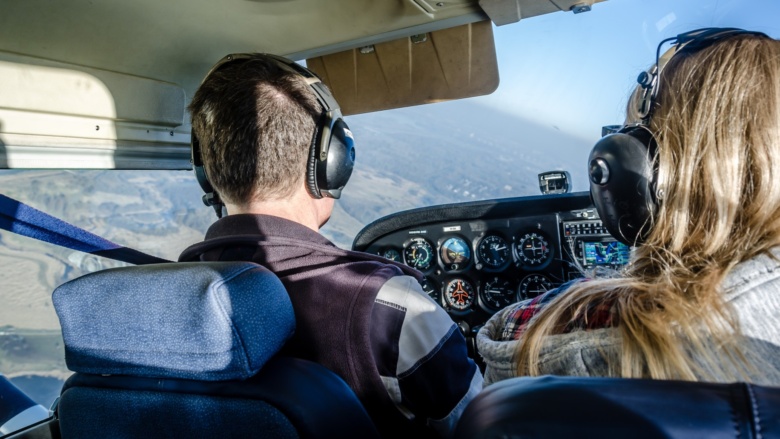Why Analog Flight Instruments Might be Better than Glass Cockpit for Initial Flight Training
When it comes to learning to fly, new pilots are often faced with a choice between analog flight instruments and glass cockpit displays. While both have their advantages and disadvantages, there are several reasons why analog instruments are better suited for initial flight training. In this article, we’ll explore why analog instruments are more reliable, help pilots develop better situational awareness, and provide a foundation for understanding key aviation concepts.
Reliability and Ease of Use
One of the primary advantages of analog flight instruments is their reliability. Unlike glass cockpit displays, which rely on complex electronic systems, analog instruments use mechanical components that are less prone to malfunctions. This makes them easier to read and more accurate, especially in low-light conditions or during turbulence. Additionally, the simplicity of analog instruments means that pilots can quickly interpret their readings and make necessary adjustments to maintain control of the aircraft.
Situational Awareness
Another advantage of analog flight instruments is that they help pilots develop better situational awareness. Unlike glass cockpit displays, which can present information in a cluttered or overwhelming manner, analog instruments allow pilots to see the bigger picture of what is happening in the flight environment. This is because pilots using analog instruments must constantly scan and cross-check multiple instruments to maintain situational awareness, which in turn helps them better understand how the aircraft is responding to external factors such as wind or temperature changes.
Foundation for Understanding Key Concepts
Finally, analog flight instruments provide a strong foundation for understanding key aviation concepts. By learning to use analog instruments, new pilots can develop a better understanding of core aviation principles such as aerodynamics and navigation. Because analog instruments allow pilots to see cause-and-effect relationships between the aircraft’s performance and external factors, pilots can more easily understand how to make adjustments to improve the aircraft’s overall performance. This knowledge can then be applied to other areas of aviation, including navigation and instrument approaches.
Counterarguments and Rebuttals
While the advantages of analog flight instruments for initial flight training are clear, it’s worth noting that glass cockpit displays are becoming increasingly prevalent in modern aircraft. Some argue that learning to use glass cockpit displays from the outset is therefore the more practical choice for new pilots. However, it’s important to remember that strong foundational knowledge and skills are essential for safe and effective flight, regardless of the type of display being used. Additionally, many pilots find that the skills they develop while using analog instruments translate well to glass cockpit displays later on.
Conclusion
In conclusion, while there are benefits to using glass cockpit displays in certain situations, analog flight instruments are still the better choice for initial flight training. They are more reliable, help pilots develop better situational awareness, and provide a foundation for understanding key aviation concepts. For new pilots, seeking out opportunities to learn with analog instruments can provide a strong foundation for a successful aviation career.
Article By Brad Furch
Chief Flight Instructor at Ontario Flight Centre



